Developing a cultured and sustainable city
Returning to London from the Academy of Urbanism’s superb Congress in Aarhus, Denmark’s Second City in a country the size of Scotland, I realised I had not seen a beggar, a fat person or any litter for six days. Prices may be twice as high as in the UK, but everyone looks extremely happy, perhaps because they earn so much more and housing has been relatively affordable. This made me wonder what culture really is, how you create a learning city, what co-housing can contribute, and above all, how cities can provide the infrastructure for smarter growth.
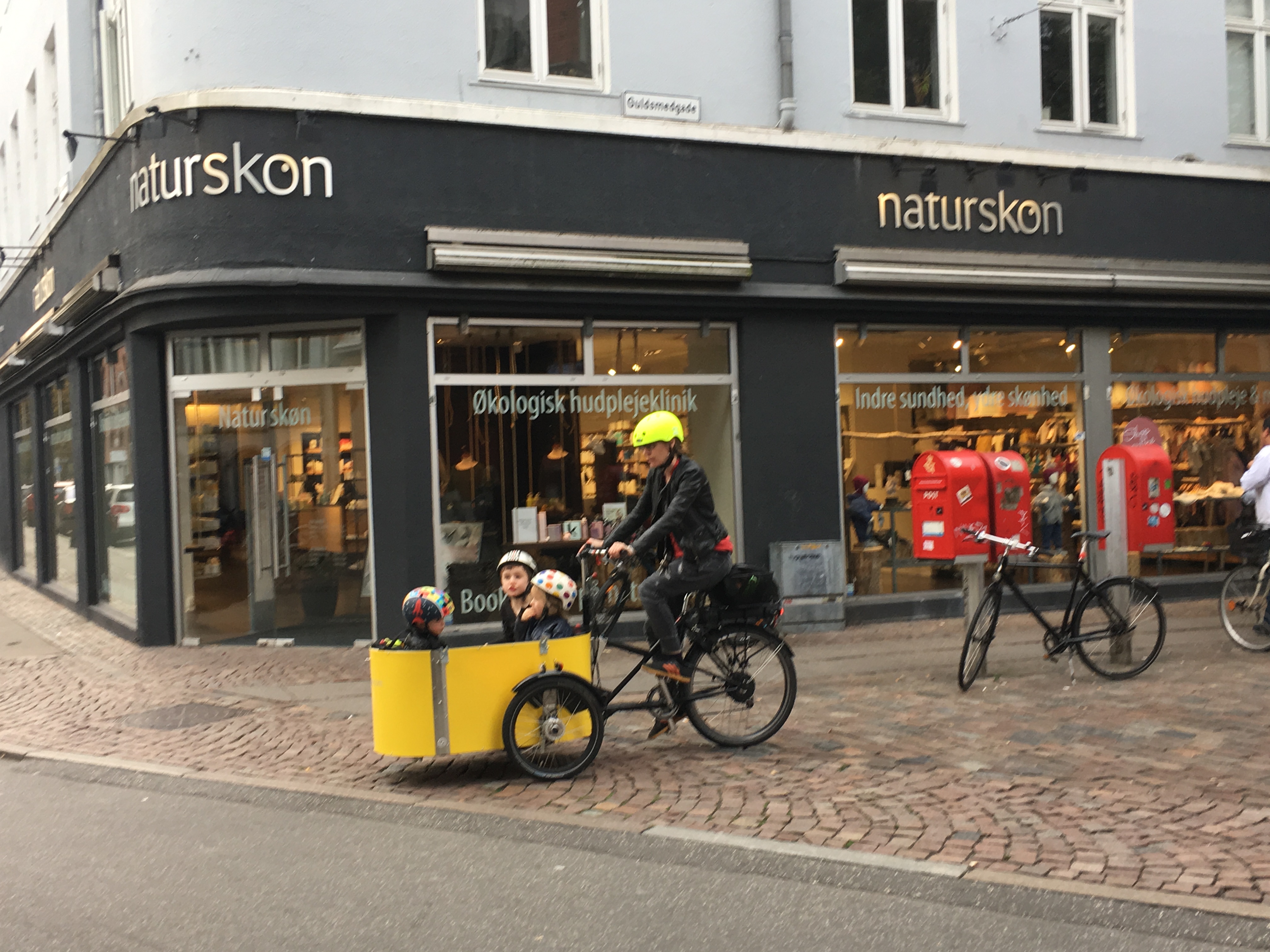
The heart of the city is called the Latin Quarter
Capital of culture and collaboration
Aarhus has been one of the two 2017 European Capitals of Culture, and has hosted a packed programme of events. It accounts for half of Denmark’s architectural exports, including leading firms such as CF Moller, so it is not surprising that there are some truly exciting buildings and open spaces. But more important to ‘Rethinking the City’ is a culture of cooperation, which compensates for the lack of natural resources.
So bike use is prevalent, and Jan Gehl contrasted his failure to convince London to adopt Danish principles in taming cars, whereas the Mayor of Moscow took the necessary steps immediately. Culture is about much more than fine art galleries or civic buildings. The differences came out when a former Alderman, Torben Nielsen, showed me around their splendid ‘library’, which is effectively a ‘machine for intelligent living’. Technology is used everywhere, from processing books to parking cars underground. This frees people to operate where they can add most value, for example working with children.
A high quality public realm puts pedestrians and cyclists first.
Similarly the ‘library’ has a section full of prams and small children, but no children’s library; when some older people had told children to be quiet, it was they who were reprimanded. The building combines working and studying, with offices for major firms like the lawyers GLA Piper, as well as for one man bands, like my host, the dynamic former Alderman behind the project. He explained that the City started with a budget and then got three different groups to work up briefs before appointing architects who shared their vision. Open for two years, this is culture in action.
The new library also serves as a family centre and workplace, with space that can be rented.
Learning cities
Denmark works well as a small country because high levels of pay lead employers to automate wherever they can. In turn this creates demands for skills as well as producing a lot of exportable products and services. In a city of 330,000 residents there are 50,000 students, and once attracted they want to stay. The City Council employs 20,000 and so can have much more impact than its English equivalent. Thus Bristol, with 50% more residents, has less than a third of the staff, and has had to make savage cuts to bring the numbers down to 5,000.
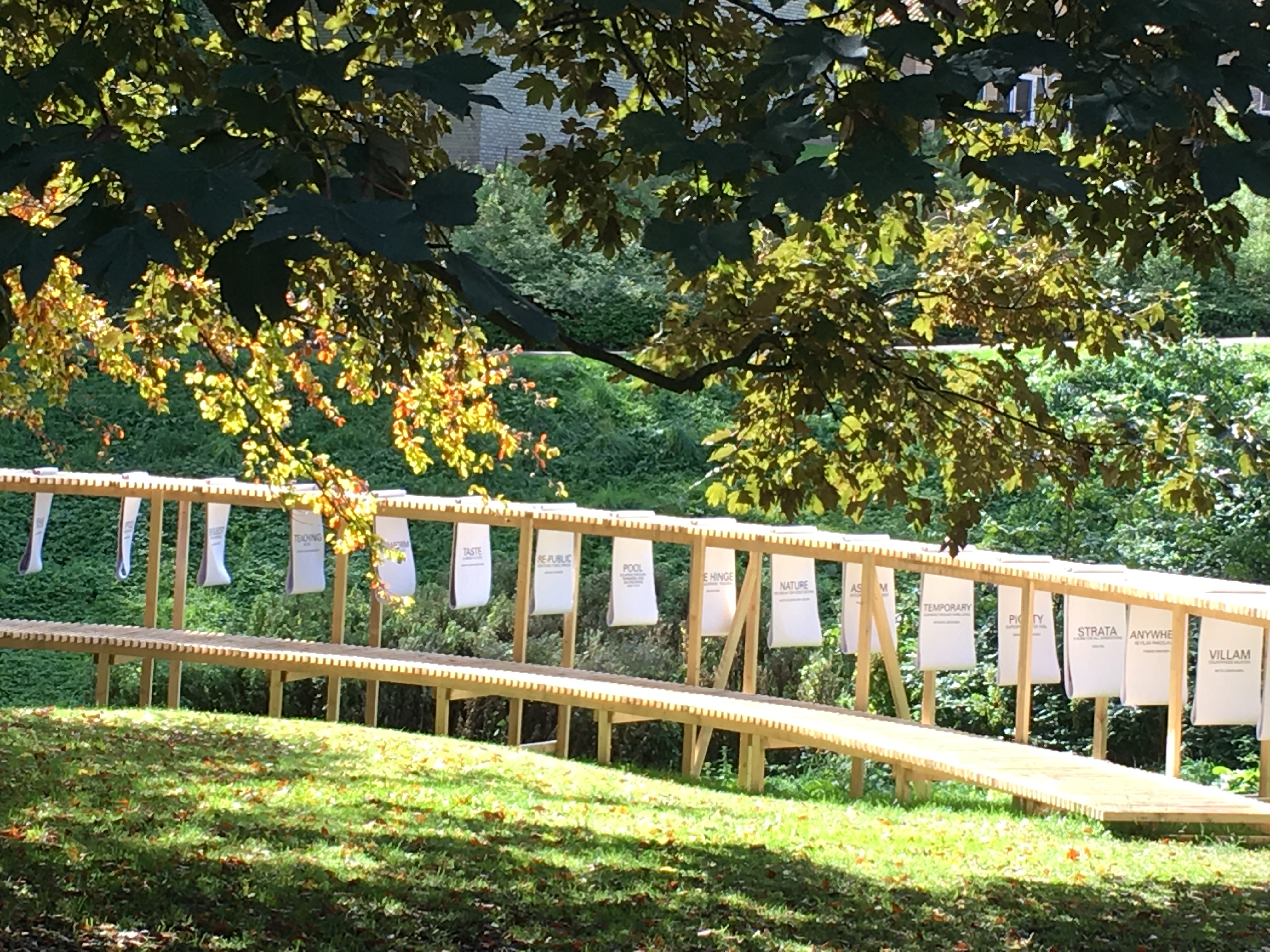
An exhibition of ideas from architecture students
Aarhus prospers because it has built up a leading university, the largest in Denmark with global ambitions. The new regional hospital will effectively create a new town of 40,000 people on the edge, linked to the centre by the new tram line. As the Mayor and other speakers explained, the City listens to its citizens, and then acts. So all along the former dock areas, fine new buildings are emerging. These help Danish consultants to secure work in the rest of the world.
The old docks have been redeveloped as a new quarter (left) and post-war Council blocks of flats are being heavily remodelled (right).
Innovation is also taking place at the grassroots, as the many social entrepreneurs who spoke exemplified. For example, Aarhus may have a cold climate so it has created a huge indoor ‘street food’ centre by the bus station, where young people congregate in their hundreds. Nearby artists have created temporary installations, as the city reconnects its centre back to the waterfront. Creativity and learning go together.
Co-housing and co-creation
Denmark has prioritised well-insulated and spacious housing for decades, but a recent change has been the return to living in central areas. This has been helped by the prevalence of cooperative associations, including ‘co-housing’, where groups commission their own homes and share common facilities provided in this way. In a city such as Aarhus over a quarter of the homes are run as cooperatives, and it certainly removes many of the risks of development.
We met people running neighbourhood associations for the common garden, in one case some 200 units in two separate blocks. The City funded some improvements so long as the residents took on the job of looking after the shared space. The shared space bring people together, and help new comers to integrate. It also has created places of beauty and calm, natural spots for ‘Hygge’ – the cosiness or comfort that comes from sharing coffee and cake.
Shared gardens bring people together.
By bringing nature into town, the city is also helping to create a more balanced community, and one where people can spend less time travelling to work, which gives them more time for their families or hobbies. As a general rule housing developments are expected to provide 25% of social units, which should help avoid the polarisation that happened in past housing developments on the edge of the city. One housing association, Ringgarden, promotes sustainability as ‘creating a balance between man and nature’ through measures to save energy and community gardens.
Living the good life
People are encouraged to come and live in Aarhus. You are free to register with housing associations and get put on a waiting list for one of 45,000 properties managed by the associations. Students and those working for the municipality can get priority, along with certain other groups. Hence renting is not stigmatised, and though some of the larger housing schemes are now seen as ‘problems’ in general areas are quite diverse.
The rules provide considerable freedom, for example in passing tenancies on, and enable residents to involved in how where they live is managed. Housing associations support cooperative life styles. Though co-ops are common in Denmark (as many as 40% of housing units in Copenhagen, apparently), some are being broken up as people buy their own home, while the co-ops have been encouraged by the government to become more commercial. Now that co-housing is starting to take-off in the UK, links with Danish housing associations could become really useful.
Housing associations are supported in developing new housing by the Municipality acquiring land on the edge of the city, and then making serviced sites available. The sites are divided into both large and small plots, which makes it possible for households or cooperative groups to develop their own homes. The municipality’s website makes it very easy to see what land is available.
Infrastructure first
One secret of Denmark’s success lies in the way the state has controlled land with a land value tax since 1924 based on the market price of land, revalued every two years. Land tax is payable to the local authority and county based on a thousandth share of the value of the land. The tax goes first to the government, and supplements the income tax, which is then returned to the municipality based on a formula (as in Sweden). The result is a much fairer society in which natural resources are used more carefully (though problems are starting to rise as developers bid up the price of land).
So the municipality of Aarhus buys land for future growth on the edge of the city, and leases it back to the farmers. The Expropriation Law allows the state to acquire land in the public interest, such as for roads, schools and playing fields at existing use value. The creative role of Aarhus was most evident in the way that housing and offices have been developed overlooking the Harbour. The City took over the land from the Port (which it already owned) at a negotiated price. It then drew up the masterplan, and prepared the land so it could be developed as a series of parcels, benefitting from the views over the water.
Taxes in Denmark are high, and the largest taxes are on income. The City (as in Sweden) receives a share of the income tax paid by people working in the city, and so has a great incentive to ensure the city prospers. Rates are split, with the larger half based on the amount of land used, and the smaller amount on the value of the buildings. This encourages the good use of land, and there is less of a problem of developers or landowners sitting on land waiting for values to rise.
Conclusion
Danish cities reap the benefits from smarter urbanisation, and so can think 20-30 years ahead, rather than worrying about the next government cuts. They know that a high quality of life will generate the high paying jobs needed to support a lifestyle that is streets ahead of equivalent cities in the UK. Friendly groups of people help compensate for the cold and windy climate.
Productivity may be low, but so too are working hours, with lots of time off for holidays, often taken in sunnier climes. Of course there are also drawbacks in living in a relatively small Northern country, however good the streets may be, which the books The Year of Living Danishly, and better still, The Almost Nearly Perfect People bring out. There are much stronger social pressures than the English are used to, and public authorities have got into financial difficulties in the past. But Denmark has reinvented itself, and so the Danes have a lot to teach us as we think about a role outside the European Union and struggle to tackle inequalities.

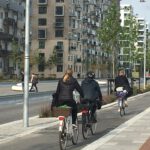

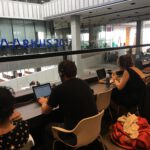
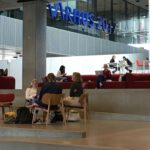
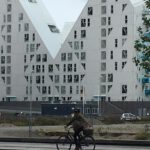
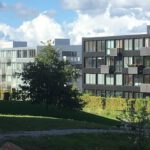
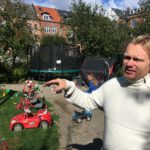



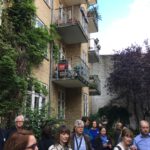
Very interesting nick, but denmarks apprent affluence is partly driven by staggering levels of personal debt
http://nordic.businessinsider.com/danes-are-the-most-indebted-in-the-world—but-theyre-not-worried-2016-5/
Jon Neale
Head of Research – UK
30 Warwick Street | London W1B 5NH
[http://exclaimer.joneslanglasalle.co.uk/Email%20logo_small.jpg]
T: +44 (0)207 087 5508
M: +44 (0)7800 874733
Jon.Neale@eu.jll.com
http://www.jll.co.uk/united-kingdom/en-gb/research
Jon Neale
Head of Research – UK
JLL
30 Warwick Street | London W1B 5NH
T: +44 (0)207 087 5508
M: +44 (0)7800 874733
Jon.Neale@eu.jll.com
jll.co.uk More about London Office Markets
Sent from my iPad
From what you say it seems the Danes have achieved a very high level of education, as well as enconomy which uses these skills to the full for export. Since the country does not have huge natural resources, how else can they pay such high wages?
It would be very good to understand how this has been achieved. Hopefully the ‘Rebalancing UK Cities – is infrastructure enough?’ event at the Builing Centre on Wednesday, 11 October 2017 from 18:00 to 20:00 will provide some answers.
The Danes do not need to worry about their future when so much of their debt can be explained by good and well-appointed housing, and when they design and sell such attractive goods. Surely this is more viable than the UK’s tendency to live above its means while under-investing in both housing and manufacturing.
If we were to look ahead, surely Denmark’s children are likely to enjoy a better old age than our own??
Nick